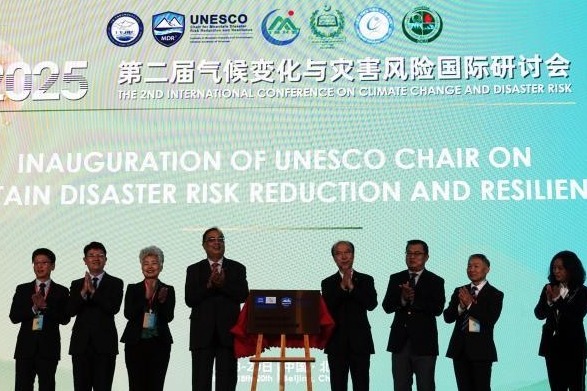Asterisks indicating risky areas removed from travel cards

To facilitate domestic travel, China removed the asterisk marks on big data itinerary travel cards across the nation on Wednesday, according to the Ministry of Industry and Information Technology.
The cancelation is aimed at beefing up the effectiveness and efficiency of the nation's COVID-19 epidemic control and prevention work, and boosting socioeconomic recovery, the ministry said.
Previously, travel cards carried an asterisk that indicated when people visited a place with a medium or high risk of infection in the past 14 days.
According to the Big Data Itinerary Card user guide, the asterisks that appeared next to the name of an area indicated that it was a medium-risk or high-risk area, but did not mean that the user had actually visited there.
Moreover, the asterisks had nothing to do with the user's personal health status. They only served to warn people about medium and high-risk areas that they should avoid. If the user successfully avoided those areas for 14 days, the asterisks would disappear on their own.
Due to recent COVID-19 outbreaks, asterisks on the itinerary card to indicate areas that were low-risk areas but had experienced cases. As a result, there were some instances where people were asked to isolate or refused entry at some places because the asterisks appears on their cards.
- Linqing: Where Grand Canal meets culinary crossroads
- Xi puts forward five-point proposal for building Asia-Pacific community
- Xi urges Asia-Pacific to jointly bolster universally beneficial, inclusive development
- Xi proposes Asia-Pacific jointly promote digitalization, greening of trade
- Xi says China not to close door to the outside world, will only open still wider
- Xi calls on APEC to jointly keep industrial, supply chains stable, smooth




































